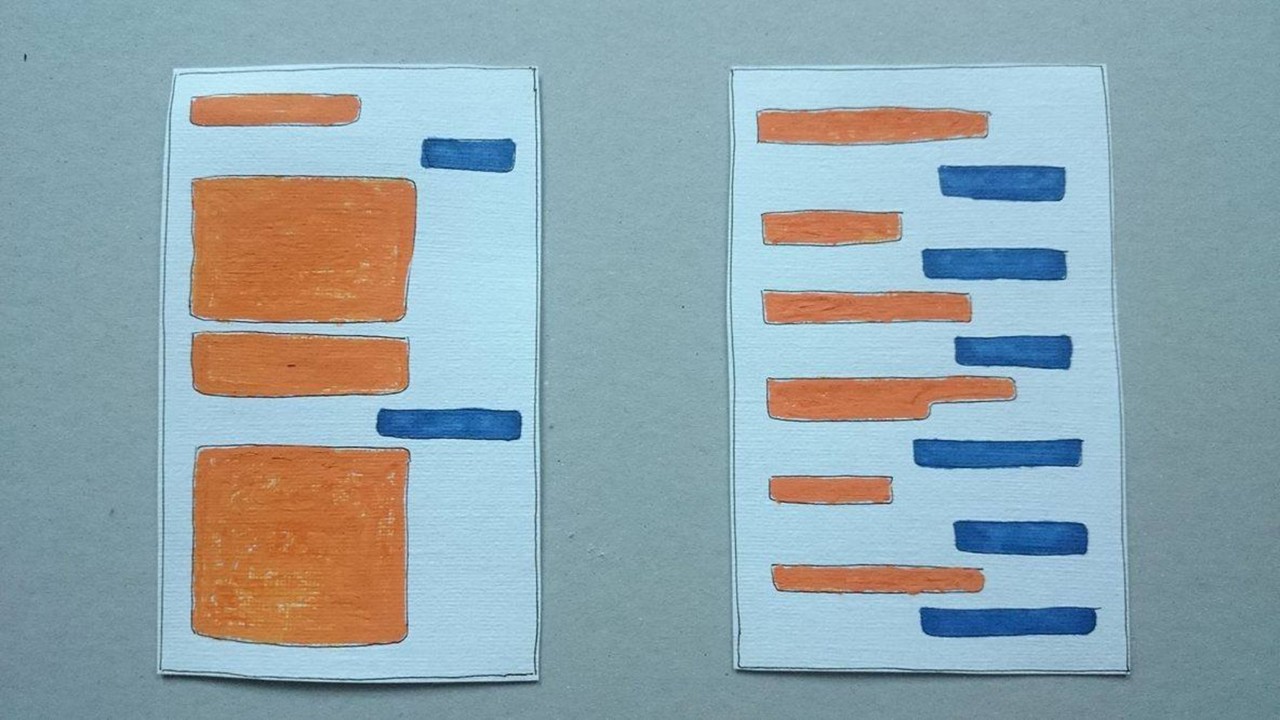
Don’t build these chatbots
In the past couple of years, the number of chatbots - conversational user interfaces mimicking a chat partner - has exploded. Bots can serve as personal assistants, provide customer service and recommendations, answer questions and distribute information, entertain the user, or do pretty much anything else.
Bots being the trendy thing they are, however, they are being proposed as a solution to use cases that really would be best left botless. In particular, there are two kinds of chatbots that don’t need to exist.
Value for effort
A key challenge in chatbot design is finding a balance between probing the user for information, and giving them value. Basically, every time users have to do something, such as read a block of text, answer questions, or check out a website, a percentage of them drops out of the conversation and never comes back. The more time-consuming, effortful or unrewarding the action is, the higher the percentage. So your bot should be designed to provide value, such as the answer the user is looking for, interesting information, or entertainment, as quickly as possible.
On the flip side, asking questions is often the only way to find out what the user would find valuable. To be a shopping assistant, you need to know what the user wants to buy. To provide customer support, you need to know what problem the user has. To recommend a restaurant, you need to know where the user is and what kind of food they crave. If your bot knows nothing about the user or their current context, it’s not a very useful bot.
Ideally, your bot would have plenty of information about the user that you don’t have to specifically ask. For example, you could get their location from their mobile device, you can suggest them FAQ items based on the page they were on when they sought customer support, or you could recommend them new content based on what they engaged with in the past.
Often, though, you’ll have to ask them for information.
And that’s when you should evaluate your bot idea and execution, to avoid the following.
Pointless bot #1: No user context
If you know very little about the user, chances are you can’t give them anything worth their time. This often translates to chatbots that flood the user with text, either by only allowing the user to say “Tell me more” or “What’s next”, or by asking them one question and basing all of the subsequent content on that.
While it can be fun to chat with a bot, these kinds of conversations feel less like chatting and more like reading a clumsy FAQ. For such content, it’s a much better idea to stick to an actual FAQ, or perhaps an email or a web page, depending on what you’re trying to achieve.
Remember that users are notoriously lazy, and reading a big blob of text is the kind of effort that will deter a lot of people right from the start.
Pointless bot #2: Endless questions
In the other extreme, there is such a thing as wanting to know too much.
If your bot has to ask the user a ton of questions they could have easily answered by filling a form or selecting search filters, it’s probably going to be more annoying than useful. A good example would be a shopping assistant bot that asks the user the brand, style, colour, size and material before recommending anything, when the user could just type “Nike shoes” to a search field and add filters as they go, depending on what they see and what they think is relevant to them.
Another example would be a bot that wants to sign the user up for something, and asks them eight questions to fill in their personal information. The downsides are numerous: the user doesn’t know how many more questions, and which ones, they will still have to answer, there is no automatic field validation in case the user gives an answer that is obviously incorrect, and it takes more time to answer questions one by one. In this case, having a traditional form for the user to fill could well be more efficient and user-friendly.
Bottom line
Don’t be fooled by those who claim that chatbots are the superior user interface for everything - for some use cases, more traditional methods like FAQs and online forms are still the best.
On my way to a Product Experience Specialist, Otherwise I do burpees
5ynice job! .. do you have a blog or something where you share your knowledge? i'm very interested in this topic because I want to improve my conversational interfaces skills.